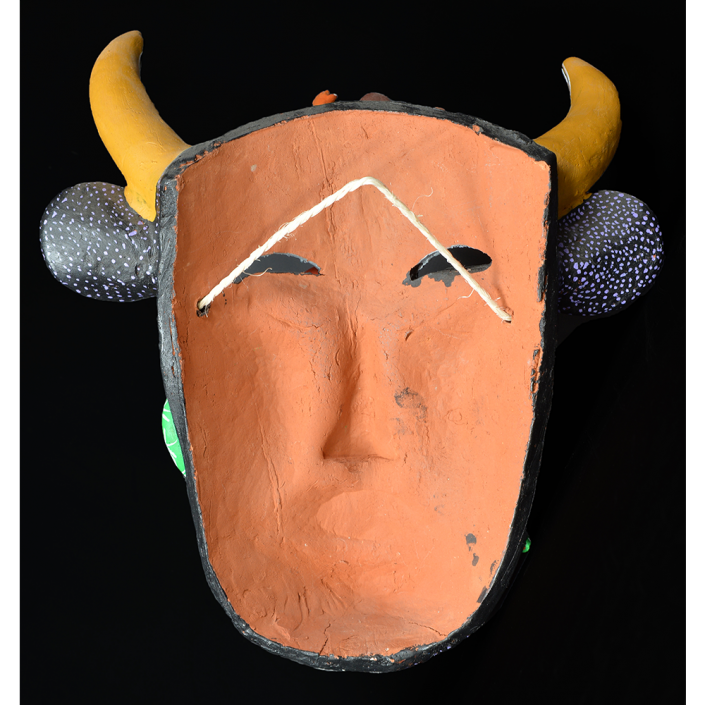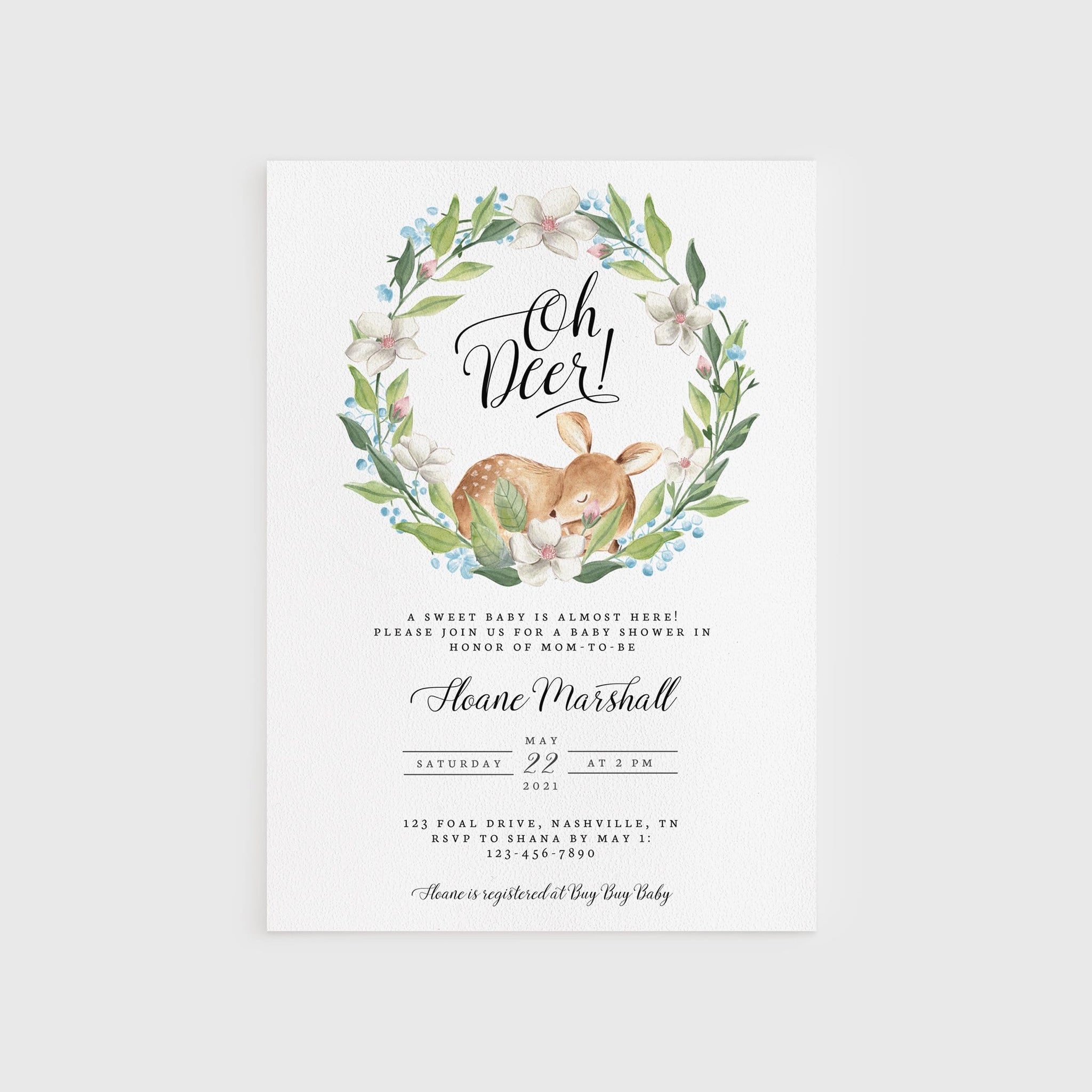
In addition to revisions within the text itself, Tolkien replaced his original foreword with a new one. This first revision of the text was published in America in paperback by Ballantine Books, under licence from Houghton Mifflin, in October 1965. Tolkien set to work on his first revision of the text so that a newly revised and authorized edition could successfully compete on the American market. For this new edition by Ace Books the text of the narrative was reset, thus introducing new typographical errors the appendices, however, were reproduced photographically from the hardcover edition, and remain consistent with it. In 1965, stemming from what then appeared to be copyright problems in the United States, an American paperback firm published an unauthorized and non-royalty-paying edition of The Lord of the Rings. These include misrepresentations of the original printed text - that is, words and phrases that read acceptably in context, but which depart from Tolkien’s wording as originally written and published.

Tolkien had made a few small corrections, but further errors entered The Fellowship of the Ring in its December 1954 second impression when the printer, having distributed the type after the first printing, reset the book without informing the author or publisher.

With the appearance of the third volume, The Lord of the Rings was published in its entirety, and its first edition text remained virtually unchanged for a decade. Volume three, The Return of the King, finally appeared in England on 20 October 1955 and in the United States on 5 January 1956. For Tolkien had abandoned work on it after indexing volumes one and two, believing its size and therefore its cost to be ruinous. It proved the chief cause of the delay in publishing volume three, which in the end contained no index at all, only an apology from the publisher for its absence. As originally planned, this index would contain much etymological information on the languages, particularly on the elven tongues, with a large vocabulary. Meanwhile Tolkien worked to keep a promise he had made in the foreword to volume one: that ‘an index of names and strange words’ would appear in the third volume. The second volume, The Two Towers, was published in England on 11 November 1954 and in the United States on 21 April 1955. Even before the publication of the third volume, which contained much hitherto unrevealed information on the invented languages and writing systems, Tolkien received many letters from readers written in these systems, in addition to numerous enquiries on the finer points of their usage. In a work such as The Lord of the Rings, containing invented languages and delicately constructed nomenclatures, errors and inconsistencies impede both the understanding and the appreciation of serious readers - and Tolkien had many such readers from very early on. These ‘corrections’ include the altering of dwarves to dwarfs, elvish to elfish, further to farther, nasturtians to nasturtiums, try and say to try to say and (‘worst of all’ to Tolkien) elven to elfin. In the production of this first volume, Tolkien experienced what became for him a continual problem: printer’s errors and compositor’s mistakes, including well-intentioned ‘corrections’ of his sometimes idiosyncratic usage.

The first volume, The Fellowship of the Ring, was published in Great Britain by the London firm George Allen & Unwin on 29 July 1954 an American edition followed on 21 October of the same year, published by Houghton Mifflin Company of Boston.
#Deer man of the dark woods unmasked plus
Tolkien’s The Lord of the Rings is often erroneously called a trilogy, when it is in fact a single novel, consisting of six books plus appendices, sometimes published in three volumes. One Ring to bring them all and in the darkness bind them One Ring to rule them all, One Ring to find them, In the Land of Mordor where the Shadows lie. Seven for the Dwarf-lords in their halls of stone, Three Rings for the Elven-kings under the sky,


 0 kommentar(er)
0 kommentar(er)
